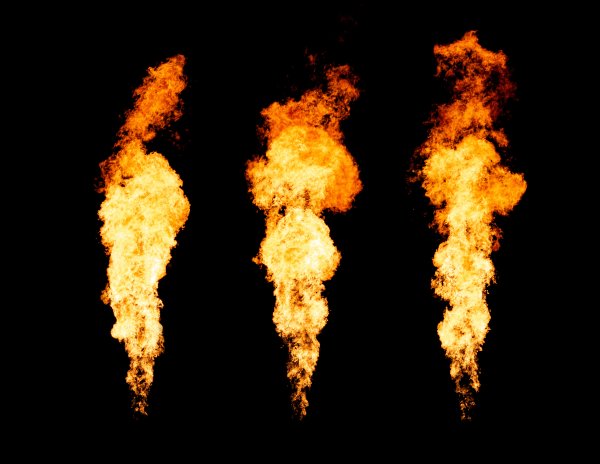
Due to the high sensitivity of the soot formation process to the fuel chemistry, soot particles generated from the combustion of alternative and traditional fuels have significantly different characteristics. To mitigate soot formation from next-generation combustors and advance public health and environmental quality, we propose to fill the gap in the present understanding and modeling of soot formation in complex flow systems by bridging several high-fidelity computational and experimental methodologies over a wide range of time and length scales. The outcome of this research effort is expected to be a major leap in the development of predictive capabilities for soot mass, size distribution, chemical makeup, and morphology, which are expected to be included in future emission regulations.
Resulting Funding
- Department of Energy Co-Optimization of Fuels and Engines Initiative (Co-Optima), The Development of Yield-Based Sooting Tendency Measurements and Modeling to Enable Advanced Combustion Fuels, $1,200,000.
Resulting Presentations
- Jain, A., Xuan, Y. (2017). Influence of large aromatic species on soot formation in turbulent non-premixed jet flames. Proceedings of the 10th US National Combustion Meeting of the Combustion Institute.
- Makwana, A., Jain, A., Linevsky, M., Iyer, S., Santoro, R.J., Litzinger, T., Xuan, Y., & O'Connor, J.(2016). Effects of fuel structure on soot precursors in a laminar co-flow flame. Proceedings of the Eastern States Section Meeting of the Combustion Institute.





